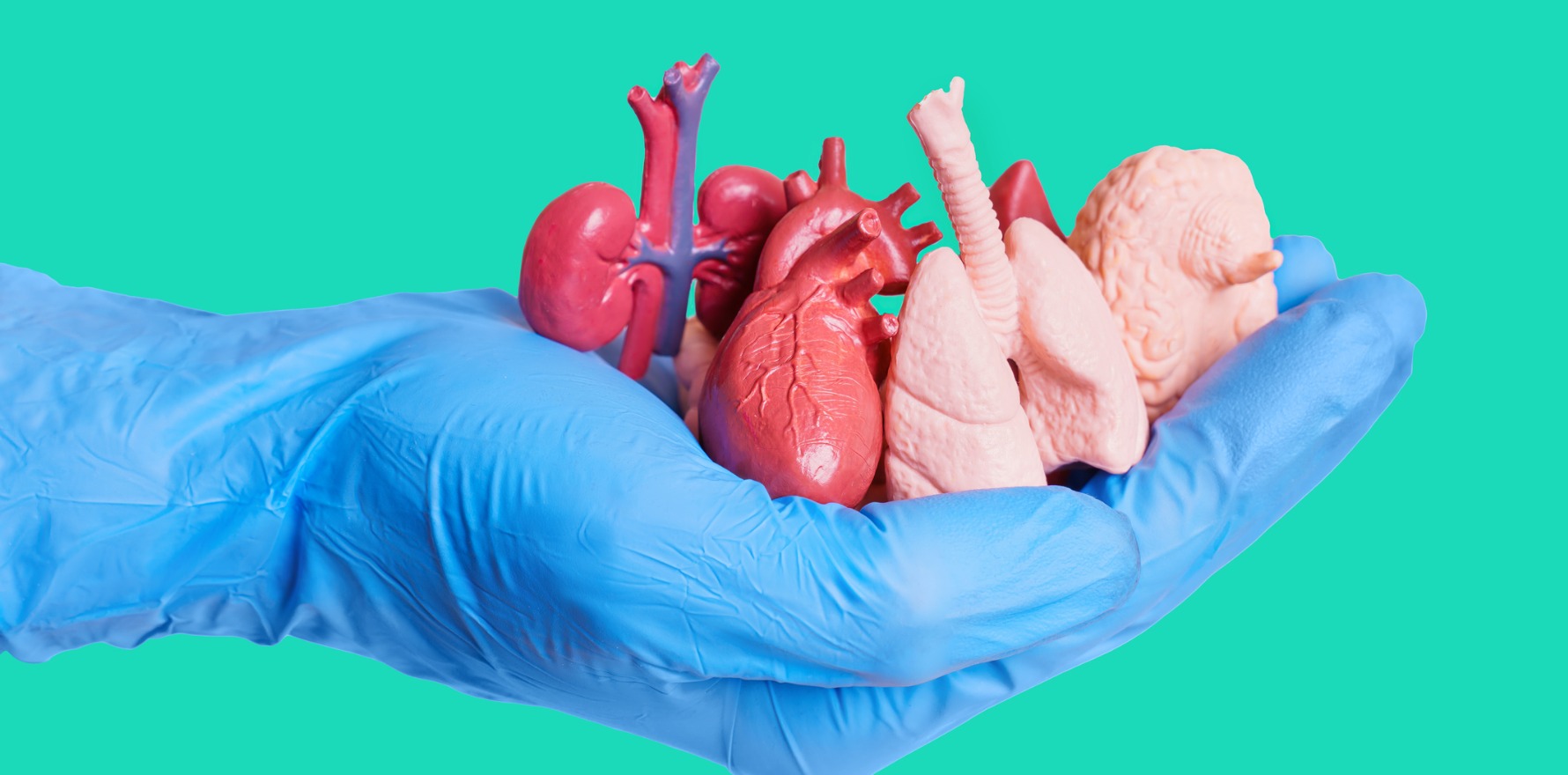The presence (or absence) of particular bacterial species was associated with an increased risk of dying from cancer or infection.
Getting a new heart or kidney doesn’t mean you’re out of the woods quite yet.
Gut dysbiosis – an imbalance between helpful and harmful bacteria in the gut – is seen in many diseases including diabetes and cancer and can predict long-term mortality.
One previous, albeit small, study suggests the association between gut dysbiosis and mortality also occurs in patients who have received liver and kidney transplants.
Now, a new, larger Dutch study extends these findings, reporting abnormal or unhealthy gut microbiomes are associated with an increased risk of death after a solid organ transplant. The study findings were published in Gut.
Dr Olivier Gasser (PhD), a microbiome researcher from the Malaghan Institute of Medical Research in New Zealand, was complimentary towards the findings.
“This is a very nice paper [that is] one more example of how the microbiome dictates so much of what is going on in our bodies. The associations are pretty clear, even if we don’t exactly know the mechanism of how it works,” he told Oncology Republic.
Researchers collected faecal samples from 9500 individuals, 1330 of whom were an average of 7.5 years on from receiving a liver, heart, kidney or lung transplant, who were then followed for up to seven years. One in five transplant recipients died during the follow-up period, with infection, cardiovascular disease and cancer the most common causes of death.
The faecal samples were assessed for multiple measures of gut dysbiosis, including the number of different bacterial species within the microbiome and how many virulence factors (which can convert harmless bacteria into dangerous pathogens) were present.
The researchers identified 23 bacterial species associated with an increased risk of all-cause mortality in transplant patients after accounting for age, sex, BMI and years since transplantation. These included four Clostridium species – C. innocuum, C. clostridioforme, C. symbiosum and C. bolteae – as well as Hungathella hathewayi, Veillonella parvula and Ruminococcus gnavus (26% increase).
Having a microbiome that was increasingly diverse compared to that of the general population was associated with a 29% increase in the risk of mortality from any cause in transplant recipients, as well as a 46% increase in the risk of dying from infection, a 39% increase in the risk of dying from cancer and a 36% increase in the risk of dying from cardiovascular disease.
Similarly, having a microbiome with increased amounts of virulence factors increased the risk of all-cause mortality in transplant recipients by 14%, and the risk of infection-related mortality by 28%.
Dr Johannes Björk (PhD), clinical ecologist and study author from University Medical Centre Groningen in the Netherlands, told Oncology Republic the dysbiosis seen in organ transplant patients was largely driven by the use of immunosuppressants and antibiotics.
“It’s a double-edged sword… it damages the gut microbiome leading to extensive gut dysbiosis while [also] keeping the recipient alive by preventing organ rejection,” said Dr Björk.
The ongoing use of antibiotics kill off “good” bacteria in the microbiome while also allowing “bad” bacteria to flourish.
“As soon as you create a void in an organ that’s constantly fed with nutrients, something’s going to grow. And typically, it’s the bad bacteria that are going to grow and outcompete the good ones,” Dr Glasser explained.
Knowing which bacterial species are associated with an increased risk of mortality may help to design microbiome-directed therapeutics that can reduce gut dysbiosis after organ transplantation, although it might not be a one-off treatment.
“If we take faecal microbiota transplantation (FMT) as an example, it is possible that recipients would benefit from receiving FMTs after organ transplantation. However, because of the continuous and life-long use of [immunosuppressive] drugs, recipients would likely need frequent FMTs throughout their lives to counteract the gut-harming effects of the [these] drugs,” Dr Björk told OR.
But Dr Gasser emphasised these findings were not going to change anything from a clinical perspective for the next five to 10 years.
“There’s no point in starting to create product around [particular] species and say, ‘this is going to be a great probiotic for that patient’. If you google any of these species, you might find other studies in completely different patient groups on a completely different pathology, you will probably find bacteria that are good for one thing but bad for another,” he said.
“This is why it is going to take the entire probiotic field decades for any fundamental observational findings to reach any kind of clinical actionability.”
Dr Gasser recommended all people, regardless of their health status, should strive to maintain a healthy and balanced diet.
“At the end of the day, I always think the common denominator is to watch your diet. Many studies [show] that the more diverse your microbiome is, the better off you are. And microbiome diversity is based on what you feed the microbiome,” he told OR.


